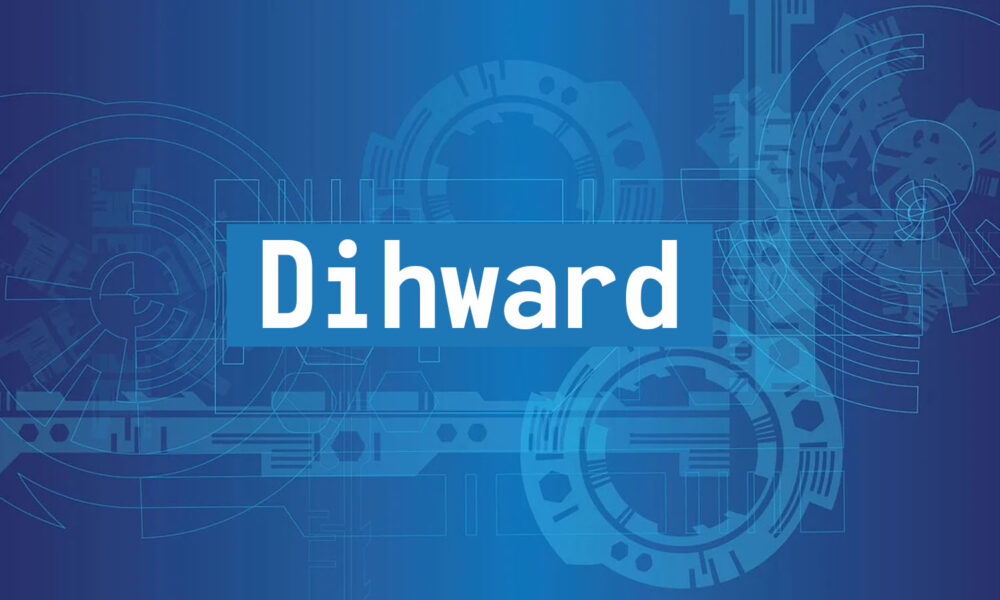In the ever-evolving world of language, culture, and innovation, terms like “dihward” begin to surface—enigmatic yet intriguing. Though not widely known, “dihward” has started making appearances in tech forums, startup circles, and even philosophical discussions. This article explores what dihward means, where it might originate, how it’s used today, and why it’s becoming a notable keyword in contemporary discourse.
What Is Dihward?
At its core, the term “dihward” is a neologism—potentially a coined term or a blend of existing words. It can represent various things based on context, but it is frequently associated with:
- A mindset of resilience or transformation.
- A fusion of digital evolution and human behavior.
- A symbolic framework in modern storytelling or speculative fiction.
In tech and digital environments, some have used dihward to describe people or systems that adapt and pivot under pressure. In design or product teams, it may refer to features that adapt dynamically or behave in decentralized ways.
Origins and Etymology of Dihward
While the etymology of dihward isn’t officially recorded, there are theories about its origin:
- It could be a portmanteau of “digital” and “forward,” signifying progress driven by digital means.
- Some speculate it borrows from science fiction, particularly cyberpunk or dystopian genres, where language evolves to match new identities.
- Others suggest it may stem from internet culture—memes, niche online communities, or underground tech blogs.
Whether rooted in fiction or function, dihward’s mystery is part of its appeal. It holds a sense of futuristic readiness, a quality deeply relevant in today’s shifting technological landscape.
How Is Dihward Used in Modern Context?
Dihward is used in various contexts, each with a slightly different meaning. Below are some real-world examples:
1. Tech Development:
Developers might describe a system or application as “dihward-ready,” meaning it’s built to scale, pivot, or evolve with emerging needs.
2. Personal Growth:
In motivational communities, dihward is sometimes used as a descriptor of personal evolution—someone who has gone through a major transformation or reinvented themselves.
3. Team Dynamics:
Startups or agile teams may label a member or approach as dihward to highlight adaptability, fast learning, or resilience under uncertainty.
4. Digital Art & Literature:
Dihward is occasionally seen in digital storytelling, representing themes of transformation, resistance, and post-human evolution.
Key Characteristics of Being Dihward
- Adaptive Thinking: Flexibility in the face of change, particularly in tech or professional environments.
- Emotional Intelligence: The ability to sense and respond to human dynamics, even in digital spaces.
- Digital Literacy: Mastery of tools, platforms, and ecosystems that power innovation.
- Self-Renewal: The willingness to evolve one’s identity, skills, and purpose.
This makes dihward especially relevant in 2025 and beyond, where AI, automation, and remote work are reshaping how we live and work.
Why Dihward Matters Today
Understanding and embracing the concept of dihward can offer distinct advantages:
- In Career Development: Employers value adaptability and future-readiness, both attributes hinted at by dihward.
- In Product Design: Products that reflect dihward thinking are likely to succeed in fast-changing markets.
- In Society: As cultural norms shift faster than ever, being dihward can help individuals remain centered yet flexible.
Dihward becomes a lens through which to view modern resilience—not just survival, but adaptive progress.
Dihward and the Future of Innovation
As we move deeper into the age of artificial intelligence and decentralized systems, terms like dihward begin to reflect more than linguistic creativity—they indicate shifts in societal values.
Companies might start developing “dihward protocols”—digital systems that not only respond to data but adapt with intention. Education may begin to nurture “dihward learning,” encouraging students to combine emotional resilience with digital agility.
As this concept gains traction, expect dihward to evolve. It may be adopted across industries or refined into specific frameworks or methodologies, much like agile or design thinking before it.
How to Cultivate a Dihward Mindset
Whether you’re a professional, student, or creative thinker, here are ways to integrate dihward into your life:
- Embrace change as opportunity.
- Build a tech-savvy foundation.
- Stay curious about future trends.
- Reboot your goals regularly.
- Be emotionally resilient but intellectually flexible.
The dihward mindset is more than a buzzword—it’s a future-proof way of operating.
FAQs About Dihward
Q: Is dihward an official word?
A: No, dihward is currently considered a coined or emerging term, used in select digital and creative circles.
Q: How do I use dihward in a sentence?
A: Example: “After the layoffs, only the most dihward members of the team remained and rebuilt the product roadmap.”
Q: Is dihward connected to AI or digital transformation?
A: Yes, many contexts involving dihward relate to digital evolution, adaptability, and human-technology synergy.
Q: Can businesses adopt dihward principles?
A: Absolutely. Forward-thinking businesses are already investing in teams and tools that embody dihward adaptability.
Q: Does dihward have philosophical meaning?
A: Some interpret dihward as a philosophical stance—an intentional choice to evolve with purpose, not just react to change.
Final Thoughts:
Whether you’re building the next big thing or navigating personal reinvention, being dihward could be your secret weapon. In a world that prizes innovation and resilience, those who adapt with clarity and purpose—not just speed—will lead the way.

